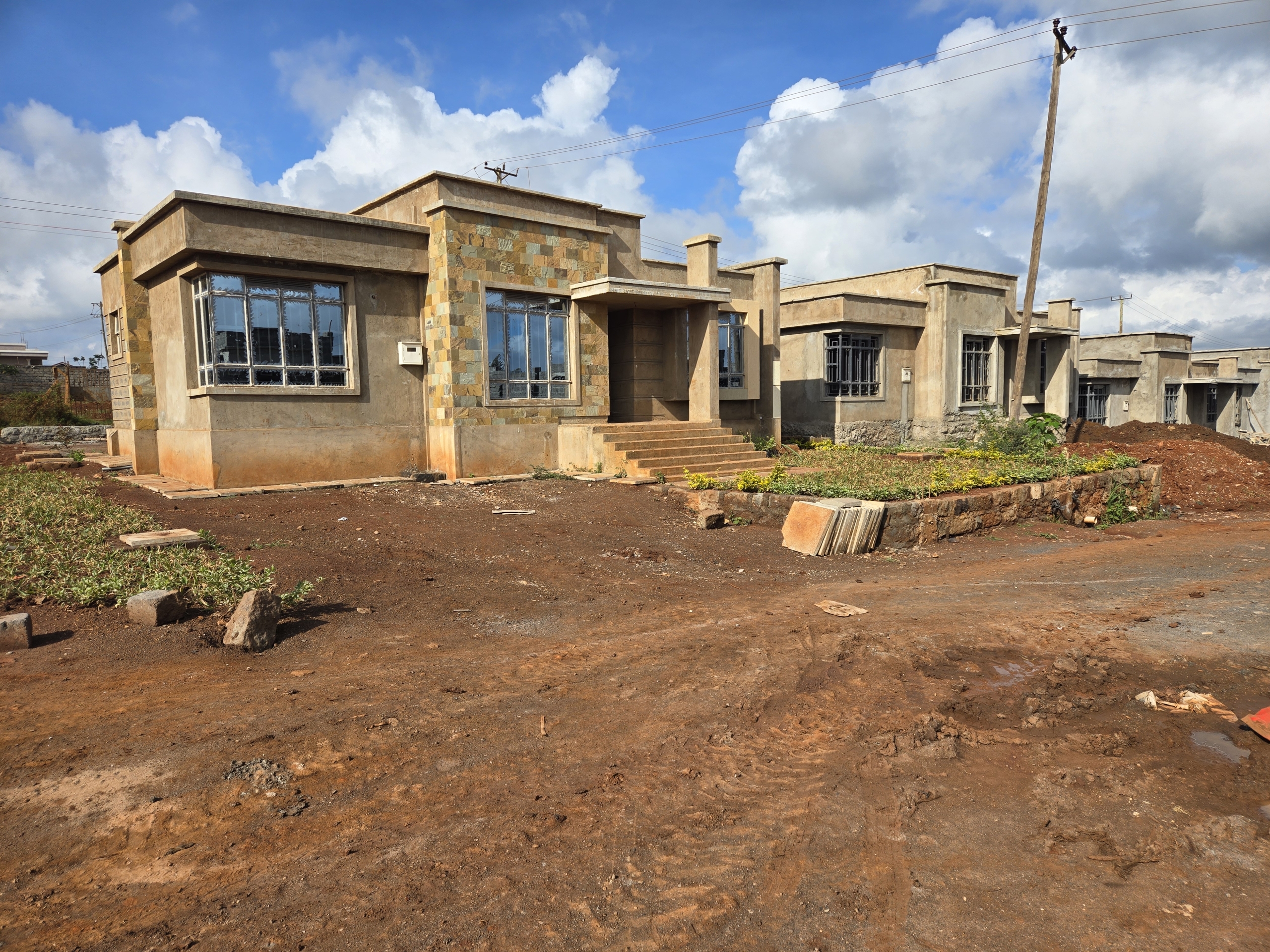In the golden age of Kenyan real estate speculation, nothing sparks a buying frenzy faster than news of a new bypass, interchange, or expressway. The mere mention of tarmac snaking through undeveloped land can send plot prices soaring, brochures flying, and gated community projects breaking ground. But what happens when the road never comes? Or worse, when it veers miles away from where hopeful investors were told it would pass?
In Kenya’s fast-expanding urban fringe, especially around Nairobi, a new phenomenon is taking root: infrastructure ghost towns—empty, stalled, or half-finished estates whose fate was sealed by the shifting ambitions of national infrastructure planning.
Where Roads Go, Investors Follow—Sometimes Blindly
It’s no secret that roads create value. The Southern and Eastern Bypasses transformed once-sleepy regions into bustling real estate hotspots. But in the race to capitalize on these infrastructure promises, many investors failed to realize that roads are rarely set in stone.
“Many buyers were swayed by glossy brochures and unconfirmed bypass projections,” said a Ruiru-based property consultant familiar with the area’s stalled developments. “But infrastructure is political — when the route changed, so did investor interest. Demand vanished almost overnight.”
Indeed, many projects were planned based on preliminary route maps, leaked proposals, or developer assurances—only for the actual infrastructure to later shift due to environmental reviews, budgetary constraints, or political recalibration. Entire communities, once marketed as “10 minutes from the new bypass,” are now isolated and inaccessible.
Read Also: Real Estate Tokenization in Kenya: Could Blockchain Open Up Nairobi’s Market to Micro-Investors?
From Boom to Blight: The Reality on the Ground
Drive through parts of Kajiado North, Matuu, and areas off the Greater Eastern Bypass, and you’ll find the evidence: rows of perimeter walls, empty driveways, and half-constructed maisonettes. These are the silent victims of missed infrastructure alignment. A 2022 survey by HassConsult revealed that over 22% of developments in satellite towns experienced price stagnation or declines within 18 months of delays or rerouting of major infrastructure.
In one area near Kamulu, what was billed as a visionary estate saw a flurry of purchases between 2016 and 2019. Plots that were selling at KES 800,000 rose to KES 1.5 million in anticipation of a key road project. But that road never materialized. Today, the estate sits mostly deserted, with overgrown bushes where manicured lawns were promised.
“An estate built two kilometers off a bypass that was never tarmacked is now a loss-making investment for dozens,” noted a Nairobi-based land valuer familiar with the region. “And many buyers are still paying loans for land that’s lost appeal.”
Behind the Ghost Towns: What Went Wrong?
Several interwoven dynamics have fueled these unfortunate outcomes.
Speculative Development Without Ground Truth
Some developers moved too fast—marketing properties before infrastructure projects had even secured funding. In several cases, sales teams relied on outdated maps or political manifestos rather than actual government blueprints. In other cases, they simply gambled.
Weak Urban Planning Communication
Infrastructure bodies like KeNHA and KURA often work in silos, rarely syncing publicly with real estate stakeholders. As a result, infrastructure plans can change with little notice, leaving real estate investors in the dark.
Political Overpromising
Infrastructure is a hot campaign tool. Announcements during election cycles often suggest imminent road construction. But political will doesn’t always translate to budget lines or engineering feasibility. Projects are delayed, downsized—or scrapped altogether.
Investor Naivety
Buyers, especially first-timers, often lack the tools to verify claims. With few accessible public planning portals or clear zoning guidelines, most investors rely on sales agents or hearsay.
Read Also: Silent Estates: The Rise of Over-50s Retirement Communities in Kiambu and Limuru
When Infrastructure Betrays Real Estate Dreams
The fallout of misplaced infrastructure faith is not just emotional—it’s deeply financial. Plots lose value. Renters never come. Developers stall halfway through construction. In a few estates, security issues have risen as empty units invite vandalism or illegal occupation.
And then there’s the slow resale market. While plots in actual bypass-linked towns like Syokimau, Kamakis, and Ruiru continue to attract solid demand, ghost developments struggle to attract even a viewing.
This has prompted a growing awareness among investors, many of whom now demand more documentation before signing anything.
Lessons From the Dust: What Investors Should Do Differently
Real estate experts are sounding the alarm: don’t just buy hope—buy verified fact. Here’s how:
- Demand official documentation: Only trust infrastructure details backed by government gazette notices, not “plans in progress.”
- Look beyond the road: Is there electricity? Water? Are there schools nearby? A road without social amenities is still just a road.
- Cross-check zoning and planning: Confirm that the area is approved for residential or mixed-use development.
- Be skeptical of “early bird” pricing that promises unrealistic gains based solely on infrastructure plans.
The goal, analysts say, is to shift investor culture from speculation to evidence-based acquisition.
Toward Smarter Urban Development
The rise of infrastructure ghost towns is a symptom of a larger issue: disjointed urban development. To fix it, Kenya needs:
- Greater coordination between real estate developers and infrastructure authorities
- Publicly accessible infrastructure timelines and route maps
- GIS-based urban planning tools that overlay roads, land use, and approved housing zones
- Independent regulation of real estate advertising claims
Such reforms would reduce misinformation and protect thousands of everyday investors from devastating losses.
Read Also: Data Privacy in Nairobi Smart Apartments: A New Age of Security or Silent Intrusion?
Roads Should Build Dreams, Not Destroy Them
Infrastructure is supposed to unlock opportunity, not entomb it in concrete and broken promises. The infrastructure ghost towns now dotting Nairobi’s metropolitan edges are cautionary tales. They warn us of what happens when speculation outpaces transparency, and when vision is marketed without verification.
As Kenya continues its infrastructure expansion—with projects like the Nairobi-Mau Summit Expressway, Ruiru-Githunguri Road, and Eastern bypass upgrades—investors must tread more cautiously. And developers must rise to a higher ethical standard.
Because in the end, a road’s real value is not in the hype it stirs before it’s built, but in the communities it sustains long after.




